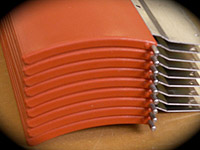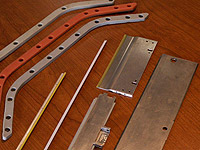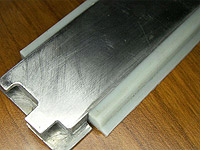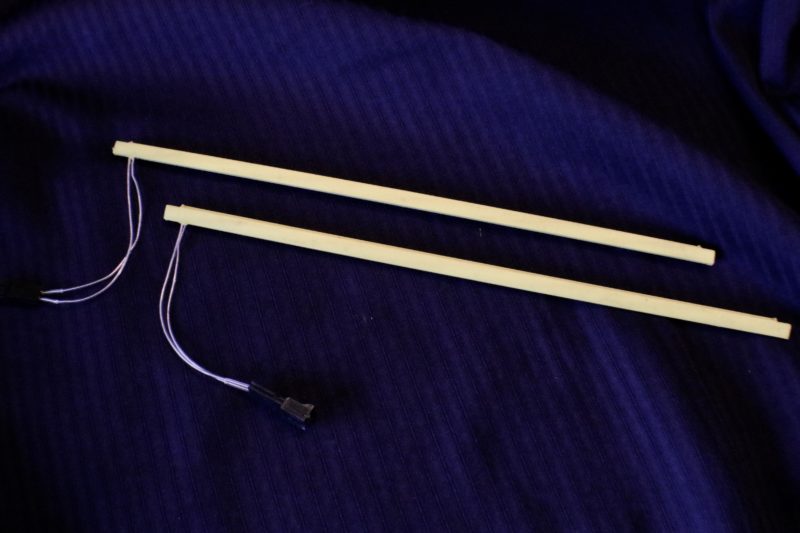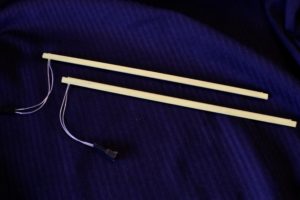The technique of bonding silicone or other elastomers to a metal surface has blossomed into a significant portion of our manufacturing schedule. Silicone to metal bonding has resulted in some unique and cost-saving designs. In fact, in cooperation with a manufacturer of high-speed printing systems, we have developed a re-bonding regiment that has significantly reduced their costs related to re-usable service parts.
For qualified elastomers, C & M Rubber Co. will assist your organization in processing the required documents to apply for UL and /or NSF Certification.



